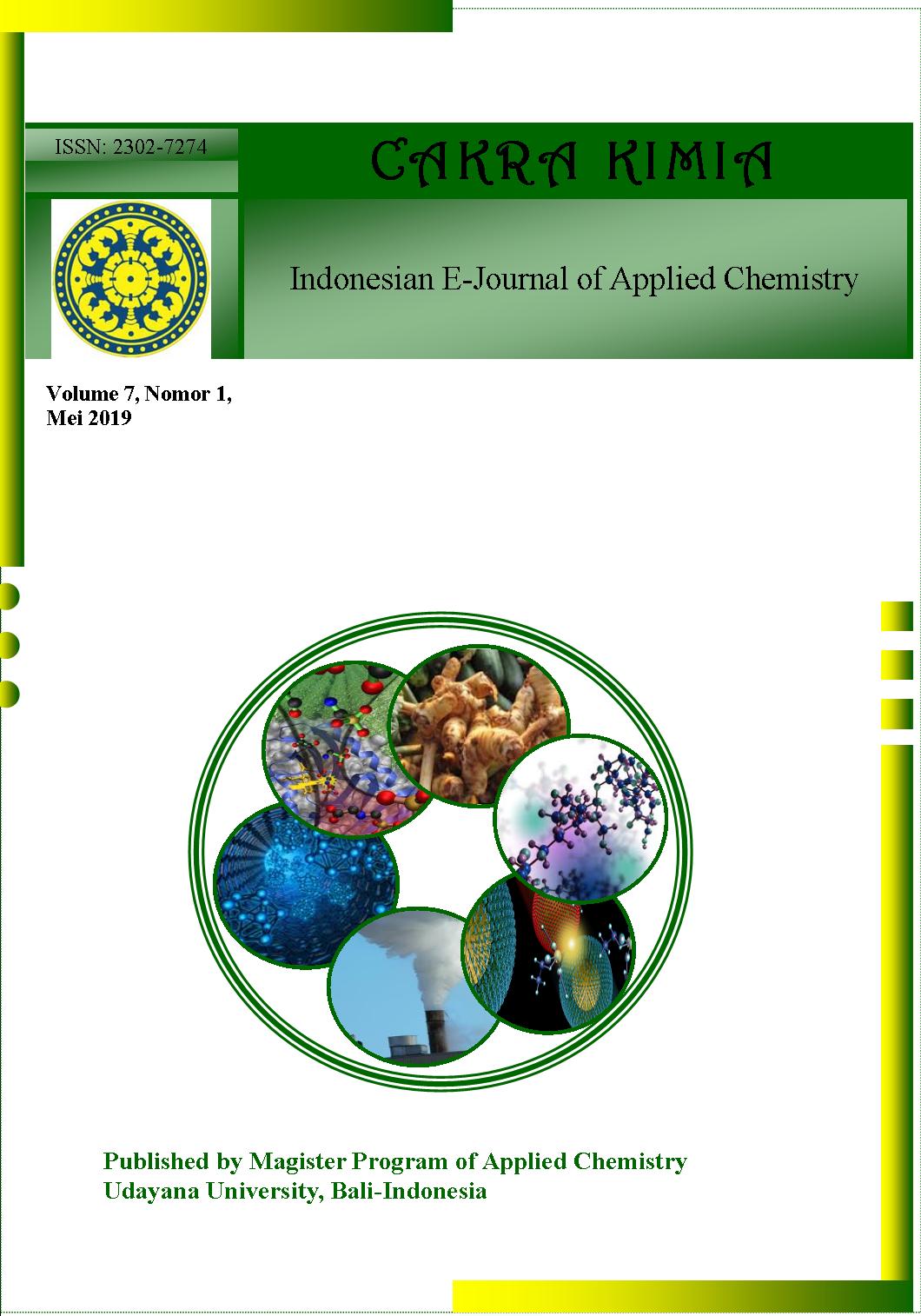FEASIBILITY STUDY BASED ON ECONOMIC PERSPECTIVE OF COBALT NANOPARTICLE SYNTHESIS WITH CHEMICAL REDUCTION METHOD
Abstract
ABSTRACT: Cobalt nanoparticle powder is synthesized by chemical reduction method. Cobalt nanoparticle powder is synthesized through reduction of aqueous solution of Co ions by NaBH4 using cetyltrimethylammonium bromide (CTAB) as cationic surfactant. Cobalt nanoparticles have many applications, especially in the field of technology. The successfulness of a project will produce opportunities that make it possible to advance technology in developing countries. For this reason, a feasibility study for the synthesis of cobalt powder nanoparticles is needed. This project has estimated ideal conditions for bad cases that will occur in production by adding several parameters which are raw materials and sales. This feasibility study was using two parameters which were economic analysis and evaluation techniques including Gross Provit Margin (GPM), Cumulative Net Present Value (CNPV), Break Even Poit (BEP), Payback Period (PBP). These parameters were to show potential profitability for the project. Although the IRR value of this project was not very promising, all other parameters had positive impacts. The project that used a reducing metal salt method which is an easy process and purchased relatively inexpensive equipments will provide benefits and attrac investors of this project.
Downloads
References
Accesed on December 2018.
[2] Lu, J., Dreisinger, D. B.,, and Cooper, W. C. 1997. Cobalt precipitation by reduction with sodiumborohydride. Hydrometallurgy, 45 (3): 305-322
[3] Hong, S. H., Jin, Y.,M., Kim, K., T., Ahn, C., W., Park, D.,S., Song, W,. Y. 2014. Synthesis of Nanocobalt Powders for an Anode Material of Lithium-Ion Batteries by Chemical Reduction and Carbon Coating. Journal of Nanomaterials, 2014: 8 pages
[4] Kodama, R. H. 1999. Magnetic Nanoparticle. Journal of Magnetism and MagneticMaterials, 200: 359-372
[5] Cao, G. 2002 Nanostructures and Nanomaterials: Synthesis, Properties, Aplication. Imperial College Press.
[6] Balela, M.D. l., 2008. Cobalt Nanoparticles Prepared by Liquid-Phase Reduction. Malaysia: University Sains Malaysia
[7] Curcin, V., Guo, Y. 2002. Scientific Workflow Applied to Nano- and Material Science. Imperial Collage London
http://dx.doi.org/10.1155/2014/378103
[8] Nandiyanto, A.B.D., and Ragadhita, R., 2018. Evaluasi Ekonomi Perancangan Pabrik Kimia. Bandung UPI Press.
[9] N.N. Cobalt Nanoparticles-properties, Applications. Available online at: https://www.azonano.com/article.as
Accesed on December 2018.
[10] Ragadhita, R, Nandiyanto, A.B.D., Maulana, A.C., Oktiani, R., Sukmafitri, A., Machmud, A., Surachman, E. 2019. Techno-Economic Analysis for The Production of Titanium Dioxide Nanoparticle Produced by Liquid-Phase Synthesis Method. Journal of Engineering Science and Technology, 14 (3): 1639 - 1652



 Petunjuk Penulisan
Petunjuk Penulisan
